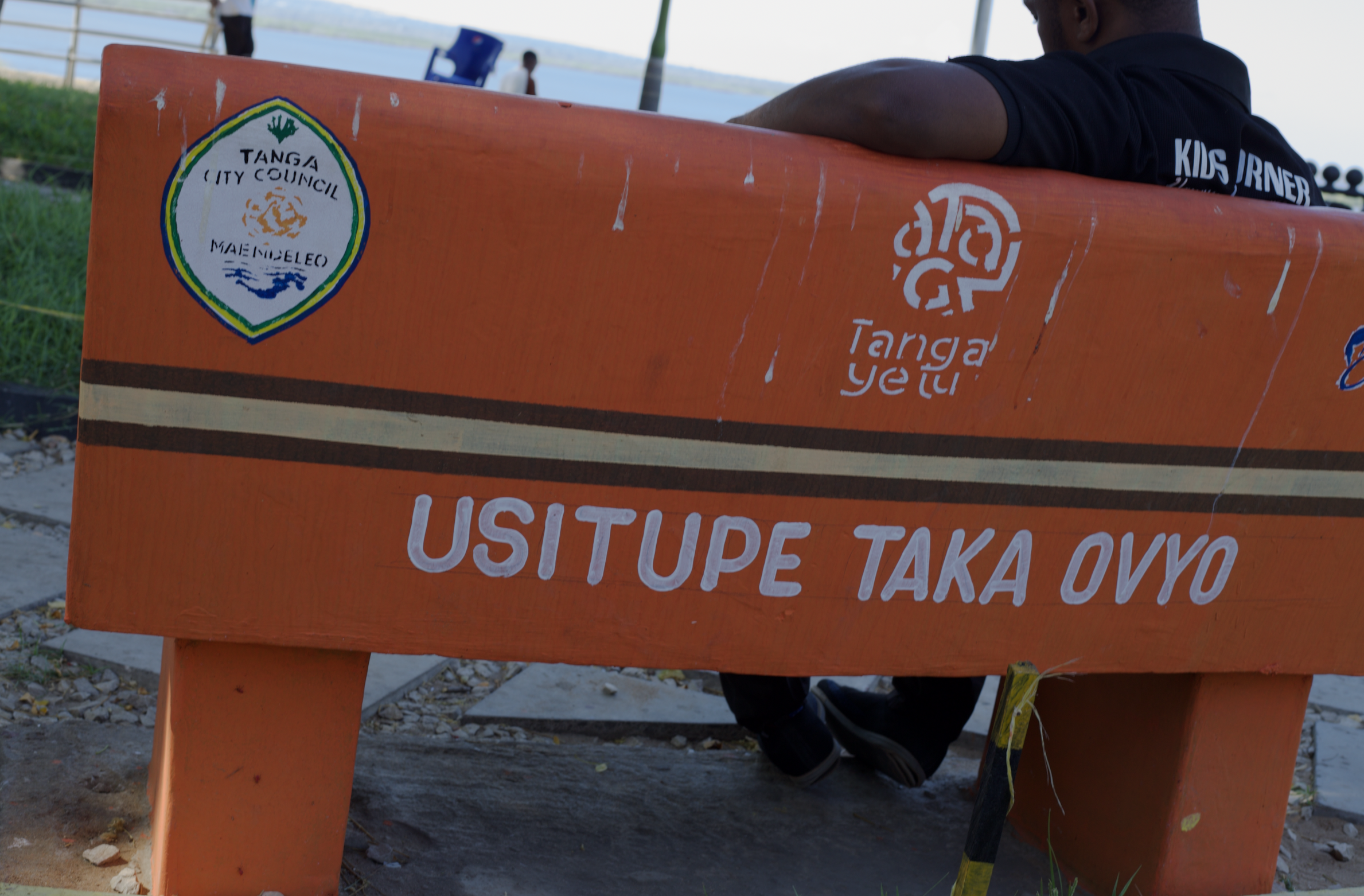
By Anthony John
For Prof. Ally Namangaya, the TangaYetu Initiative was far more than simply upgrading urban infrastructure; it was fundamentally about fostering a profound transformation in how cities genuinely serve their residents, with a particular focus on empowering the vibrant youth population. From 2021 to 2023, Prof. Namangaya contributed profoundly to the initiative, meticulously focusing on the innovative design and strategic construction of pivotal public spaces, alongside the crucial development of the Tanga City Observatory. His overarching vision aimed to empower young people, proactively create sustainable employment opportunities, and champion evidence-based urban management practices for truly sustainable development within Tanga.
A key highlight and a testament to Prof. Namangaya’s dedicated efforts was the highly successful redevelopment of Jamhuri Park, a flagship project of TangaYetu. This vital urban green space was imaginatively reimagined as a dynamic hub seamlessly combining recreational opportunities with significant economic prospects.
“Jamhuri Park now expertly operates as a vibrant business hub while diligently maintaining its essential open access for the general public,” Namangaya explained, highlighting its dual functionality.
The park’s comprehensive redevelopment was not merely about enhancing physical infrastructure; it served as a robust platform for invaluable capacity building. Youth were actively and meaningfully involved in both the design and construction processes, thereby gaining invaluable hands-on experience and practical skills. The initiative not only significantly improved the park’s overall functionality and aesthetic appeal but also crucially equipped young people with highly transferable skills that could robustly support their future careers and economic independence.
The transformative success of Jamhuri Park profoundly reflects Namangaya’s unwavering commitment to meticulously creating spaces that brilliantly blend functionality, deep community engagement, and tangible economic upliftment. By thoughtfully integrating diverse business opportunities directly into public spaces, the park has rightfully emerged as a leading model for innovative, sustainable urban design across Tanzania.
Capacity Building and Data-Driven Urban Management
Beyond the tangible creation of physical spaces, Prof. Namangaya’s impactful work also extensively extended to proactively empowering youth through the strategic utilization of cutting-edge digital tools. A standout achievement in this realm was the visionary formation of OMAT (Okoa Maisha Kwa Takwimu – Save Lives Through Data), a unique youth-led data group specifically tasked with crucial urban data collection and insightful analysis.
“OMAT has rapidly become instrumental in vital data collection, supporting critical areas such as revenue generation and addressing pressing health-related issues within the city,” Namangaya noted, emphasizing its crucial role.
Through strategic collaborations with the esteemed Ardhi University and the Tanga City Council, OMAT boldly introduced innovative approaches to meticulously monitor and proactively address complex urban challenges. Young people were rigorously trained in essential digital data skills, thereby enabling them to contribute meaningfully and directly to the city’s pivotal decision-making processes. This powerful partnership not only successfully built robust local capacity but also significantly strengthened the city’s inherent ability to make well-informed, evidence-based policy decisions.
However, challenges did emerge in fully optimizing and utilizing the Tanga City Observatory, a sophisticated platform specifically designed for spatial data and advanced analytics. “There was a discernible lack of competence in both the comprehensive development and effective utilization of the observatory,” Namangaya candidly admitted. To proactively address this critical gap, he strongly advocated for ongoing, sustained capacity-building efforts to ensure the observatory achieves its full, transformative potential in diligently advancing truly data-driven urban management for Tanga.
Building Structures for Enduring Success
While celebrating the undeniable successes, Prof. Namangaya meticulously emphasized the paramount importance of structured project management and the establishment of clear, robust frameworks to definitively ensure the long-term sustainability of vital initiatives such as TangaYetu.
“Binding plans and a meticulously well-defined setup are absolutely essential for the sustained success of data-driven projects,” he emphatically stressed, highlighting the need for methodical planning.
Establishing these critical structures, he argued, would significantly enhance overall implementation efficiency and robustly support long-term, positive outcomes, particularly in critically important areas such as public health, precise urban planning, and comprehensive youth empowerment.
A Lasting and Indelible Impact
Reflecting deeply on his significant involvement in TangaYetu, Prof. Namangaya expressed immense gratitude for the invaluable opportunity to seamlessly apply his cutting-edge research ideas in dynamic, real-world settings. “This groundbreaking initiative has profoundly contributed to the development of better urban development and management policies, not just in Tanga, but across Tanzania,” he shared, acknowledging its broader influence.
He proudly highlighted the initiative’s impressive performance, noting its remarkable achievement of over 85% of its stated objectives, while concurrently acknowledging specific areas for strategic improvement in subsequent phases. For the future, he passionately advocates for the strategic expansion of data-driven projects, citing their immense potential for immediate and truly measurable impacts on youth health and overall well-being.
Prof. Namangaya’s invaluable contributions to the TangaYetu Initiative powerfully demonstrate the transformative power inherent in combining rigorous academic research, innovative solutions, and authentic community engagement within the crucial realm of urban development. From the remarkable revitalization of Jamhuri Park to the strategic empowerment of youth through the vital OMAT group, his dedicated efforts have undeniably left an indelible and positive mark on Tanga City.
As he thoughtfully looks to the future, Prof. Namangaya remains steadfastly committed to fostering sustainable urban growth and nurturing a new generation of empowered leaders, meticulously equipped with essential data and cutting-edge digital skills.
“This is truly just the beginning,” Namangaya noted with a forward-looking perspective. “With clear structures in place and continued, robust collaboration, we are confident that we can achieve even greater, more impactful outcomes in the exciting next phase of TangaYetu.”
